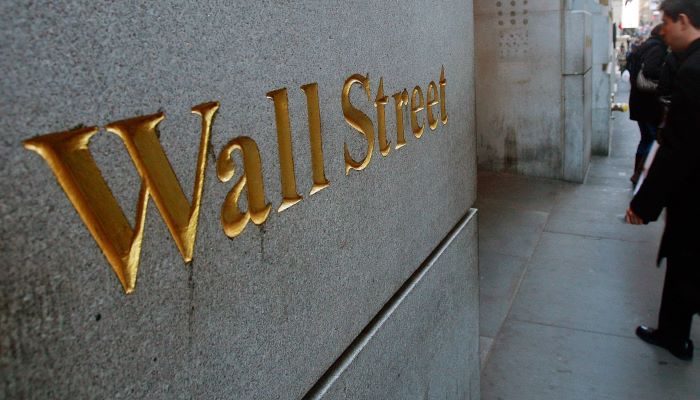In the intricate dance between the credit market and the economy, a quiet yet profound symphony is playing out, challenging the adage that separates the two. Amid expectations of interest rate cuts from the Federal Reserve later this year, a silent surge is reshaping the financial landscape. Various assets are being repriced, and real-life implications are emerging, all occurring even before any formal central bank actions.
Credit’s Unseen Resilience Revealed
While the spotlight fixates on the stock market record-breaking highs, another narrative unfolds in the world of credit, painting a picture of unseen resilience and reconfiguration.
Investment-Grade Bond Bonanza
Investment-grade corporate bonds, those issued by companies boasting higher credit ratings, are experiencing an unprecedented surge. Bloomberg data reveals that January has witnessed a staggering $188 billion in total issuance, marking the busiest January on record.
This surpasses the previous high set in January 2017. At that time, the US benchmark interest rates were just beginning to move away from the zero bound.
Simultaneously, risk premiums are dwindling. The extra compensation investors demand to hold debt compared to US Treasuries is decreasing. With spreads on blue-chip bonds hitting their lowest point in two years.
A Resurgence Amidst Concerns
Leveraged loans, a source of concern in financial markets for years, are undergoing a notable repricing wave. These floating-rate loans extended to companies with lower credit ratings are witnessing increased activity, with companies capitalizing on rising prices to renegotiate for lower rates. Barclays data indicates that over $67 billion worth of leveraged loan repricings have been announced this month alone. This overshadows the approximately $80 billion repriced in the entire leveraged loan space last year.
ABS Soars to New Heights
In tandem with these developments, asset-backed securities (ABS) are also hitting record highs. ABS bonds, which bundle together diverse debts including car loans, aircraft leases, and credit-card receivables, have seen a remarkable $34.1 billion in fresh sales this January. This surpasses the previous post-2008 monthly high recorded in October 2019 and November 2021, according to Washington Post.
A Debt Extension
The backdrop to this surge lies in companies seizing the opportunity presented by ultra-low interest rates in 2020 and 2021 to extend their debt at more favorable prices. This strategic move has allowed them to weather the Federal Reserve’s fastest pace of hikes in decades better than anticipated. Previously looming concerns over the “maturity wall,” the point at which companies need to refinance debt at higher rates, may now find some relief. This comes amidst the booming demand for new debt.
Uncovering Market Dynamics
According to a Wall Street Journal report, Mark Grant at Colliers Securities aptly captures the essence of these subtle yet significant shifts, stating, “Almost no one is looking when some records break.” While discussions focus on the widely acknowledged “Magnificent Seven,” little attention has given to the remarkable developments silently shaping the bond markets. Consequently, the broader economic landscape is being influenced by these developments.

